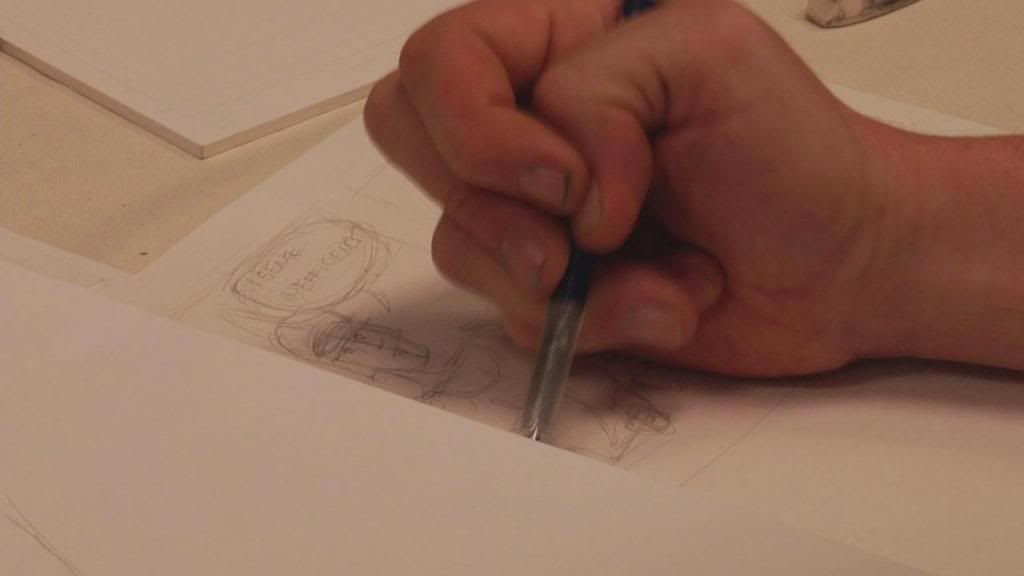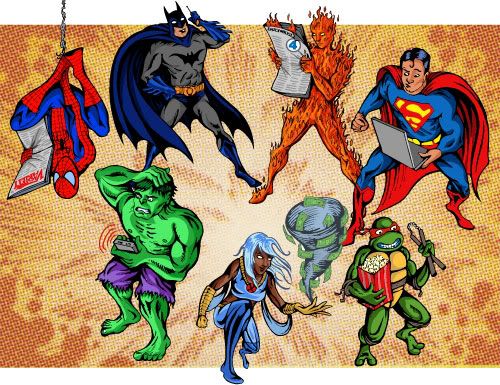
Whilst designing my own comic strip, I aim to detail the stresses and seemingly strange incongruities of the teenage and college-age life, by playing the romanticized view of these events against the realities I have come to understand. This is accomplished through the combination of free-verse poetry of language and the visual components which will enhance said words. Thus readers will come to better understand an almost dystopian view of education, work, and the first years on one's own. This is not intended to be the woeful ramblings of the ordinary teenage blog post, but instead draw upon these feelings of mangled dreams and a graying future, refining them and crafting such feelings of angst into a calculated and intelligent work of art.
As with any of my creative works, this project draws heavily from my own experiences mixed with the media I have raised myself on. This is apparent through the text used in this comic. The words, originally written in a form of prose nearly bordering on a loose definition of poetry, arose from experiences most of my peers may be able to associate with, and events which professors and others above my stature can comprehend. For the average student looking to break out of high school and come into themselves through college and the job market, it can be jarring to realize how tedious class life can be. Some classes are repeats and quickly repainted versions of the free education students have just finished. Few seem to really bend the mind as strongly as previous teachers had lead them to believe, much like before in their school careers. In saying this, I draw attention to a fact many of my peers have discussed: in grade school, we were told of how difficult junior high would be; it was not. In middle school, they told us we would have to be prepared for a whole new world in high school; such was not the case. And in our final years before graduation, instructors spun horror stories of strenuous classes, unforgiving professors, and papers and tests longer than we could possibly imagine; this blog is a testament to the fallacy behind these terrifying foreshadowings.
In addition to the context of the writing, the style itself draws upon sides of the media many of my fellow web-browsing readers will understand, and hopefully pick up on without my direct naming. For the rest who are not within this scope, or on the account of the possible confusion of this aspect, allow me to explain. The ideas housed in this work reflect upon a childhood many Westerners, and especially Americans, should be able to understand. While the early stanzas are quite depressing, the final lines show a sense of hope and beauty through young love. Such motives draw from works akin to Walt Disney, and others who write such "Happily ever after" romances to wrap up a greater critique.
The middle panels, with their somewhat repetitive nature, ask of allusions to a different category of reader: the gamers. Fellow nerds and meme-users will hopefully catch on to the parallels drawn to the opening scenes of the rising classic, Bioshock. But where the antagonist, Andrew Ryan, speaks of ownership and rights interceded by government and religion, I frame my work of dreams and hopes against men and communities, with a more light-hearted ending.
